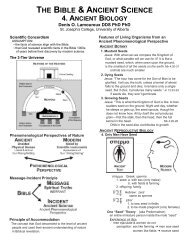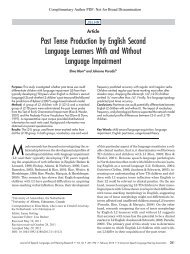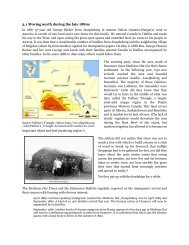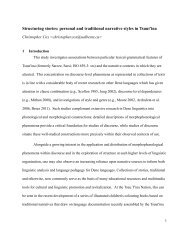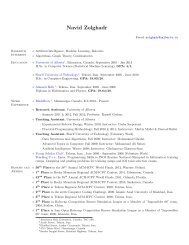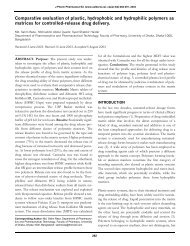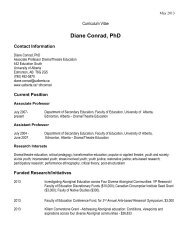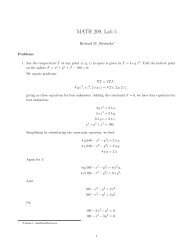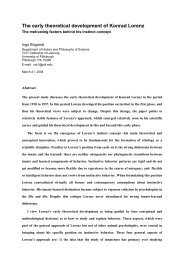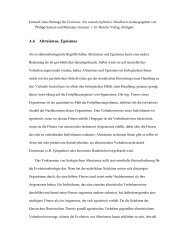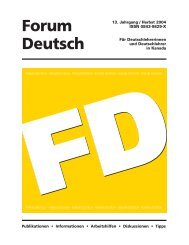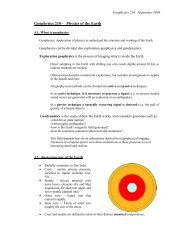Processing of Primary Fischer-Tropsch Products - University of Alberta
Processing of Primary Fischer-Tropsch Products - University of Alberta
Processing of Primary Fischer-Tropsch Products - University of Alberta
Create successful ePaper yourself
Turn your PDF publications into a flip-book with our unique Google optimized e-Paper software.
0.90 ........ i ....... i ...... ~ ...... i ....... i- ....... i ....... T ...... ~ ....... T ....... 250<br />
.............<br />
""i.<br />
" ....................................................................................<br />
i ! i ! i i i i<br />
0.87 . , . . .<br />
200<br />
0.81<br />
iiiiiiiiiiiill<br />
i i "''i'~. [Sulphurl i i<br />
iiiiiiiiiiii ..... ......... i .........<br />
0.78 .......... ! ......... i ......... i ......... I.'..D. ::ii.i~! .... i . ~ so<br />
! ! ! ! ",=<br />
. , I I I ",<br />
9 . ,<br />
0.75 ; :<br />
0% lO% 20% 30% 40% 50% 60% 70% 80% 90% 100%<br />
Sasol SPD Diesel in Blend, % vol<br />
Figure 10 Sasol SPD TM diesel US 2-D-diesel blends: density and sulphur content<br />
Table 10<br />
Average results from the emission tests with CARB, Sasol SPD TM and US 2-D diesel fuels<br />
Sasol SPD TM Diesel - US 2-D blend, % vol CARB<br />
0% 30% 50% 80% 100% Diesel<br />
Transient Emissions<br />
9 Hydrocarbons HC g/kWh 0.22 0.13 0.11 0.09 0.09 0.13<br />
9 Carbon<br />
Monoxide<br />
CO g/kWh 3.83 3.17 2.9 2.62 2.57 3.34<br />
9 NOx NOx g/kWh 7.05 6.17 5.72 5.3 5.08 5.96<br />
9 Particulate PM g/kWh 0.277 0.278 0.265 0.241 0.218 0.276<br />
9 BSFC (a) g/kWh 236 237 231 228 231 233<br />
Test Engine<br />
12,7 L DDC series 60 (1988), rebuilt to 1991 emission<br />
levels<br />
Rated Power 261 kW @ 1 800 rpm<br />
Peak Torque 1 830 Nm @ 1 200 rpm<br />
(a) Brake Specific Fuel Consumption (BSFC)<br />
If a blend is aimed at meeting the CARB specification then the boiling<br />
point range <strong>of</strong> the LTFT diesel will need to be adjusted accordingly. LTFT diesel<br />
can be blended with any current diesel fuel on the market to produce a blend that<br />
conforms to the CARB specification. In the case <strong>of</strong> a blend with US 2-D diesel,<br />
30% LTFT diesel in the blend is more than sufficient to meet the CARB<br />
specification in all respects except the aromatics content and the emissions<br />
performance is nearly equivalent. 80% LTFT diesel will be required to meet the<br />
CARB specification for aromatics but then a higher density third blend<br />
150<br />
100<br />
g~<br />
o<br />
k<br />
519



